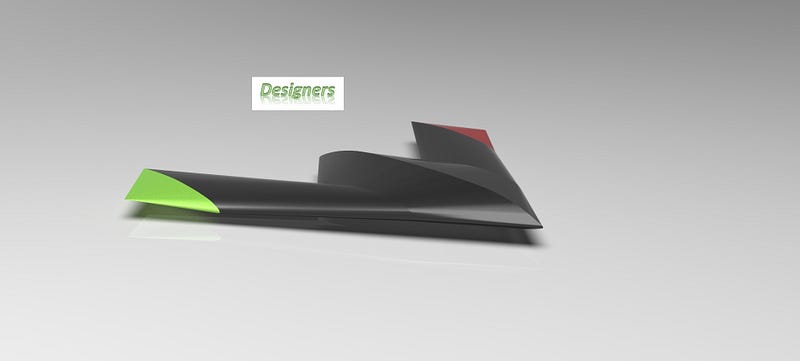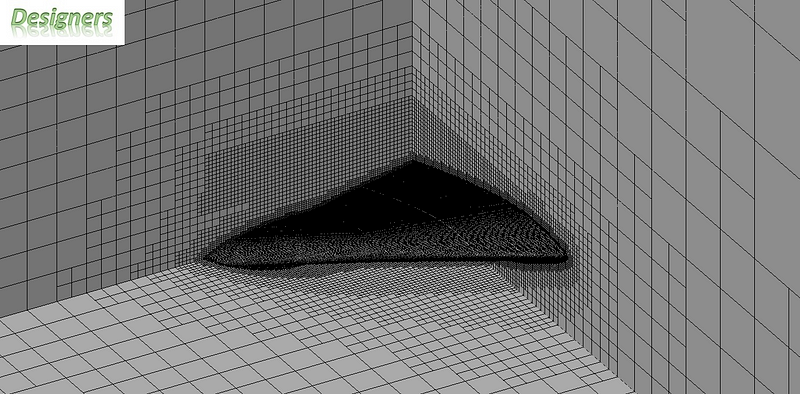This post is about FDM for Laplace Equation with various boundary conditions.
MATLAB Code (1D, Dirichlet Boundary Conditions)
%% initialize the workspace, clear the command window
clear; clc
%% finite difference 1D laplace dirichlet boundary conditions %% d2u/dx2 = 0 %% u(o) = 10, u(L) = 4 %% Ax=b%%
N = 4 ; %number of grid points
L = 1; %length of domain
dx = L/(N-1); %element size
%% initialize variables %%
l = linspace(0,L,N); %independent
u=zeros(1,N); %dependent
%% boundary conditions %%
u(1)=10;
u(end)=4;
%% b vector %%
b=zeros(N-2,1);
b(1) = b(1) - u(1);
b(end) = b(end) - u(end);
%% A matrix
A = -2*eye(N-2,N-2);
for i=1:N-2
if i<N-2
A(i,i+1)=1;
end
if i>1
A(i,i-1)=1;
end
end
%% solve for unknowns %%
x = A\b;
%% fill the u vector with unknowns %%
u(2:end-1) = x;
%% plot the results %%
hold on; grid on; box on, grid minor
set(gca,'FontSize',40)
set(gca, 'FontName', 'Times New Roman')
ylabel('u','FontSize',44)
xlabel('l','FontSize',44)
plot(l,u,'-o','color',[0 0 0],'LineWidth',2,'MarkerSize',20)
MATLAB Code (1D, Mixed Boundary Conditions)
%% initialize the workspace, clear the command window
clear; clc
%% finite difference 1D laplace mixed boundary conditions %% d2u/dx2 = 0 %% u(o) = 10, du/dx(L) = 4 %% Ax=b%%
N = 5; %number of grid points
L = 1; %length of domain
dx = L/(N-1); %element size
a = 4;
%% initialize variables %%
l = linspace(0,L,N); %independent
u=zeros(1,N); %dependent
%% dirichlet boundary condition %%
u(1) = 10;
%% b vector %%
b=zeros(N-1,1);
b(1) = b(1) - u(1);
b(end) = b(end) + dx*a; %neumann boundary condition added to b vector
%% A matrix
A = -2*eye(N-1,N-1);
for i=1:N-1
if i<N-1
A(i,i+1)=1;
end
if i>1
A(i,i-1)=1;
end
end
A(N-1,N-1) = -1; %neumann boundary condition added to A matrix
%% solve for unknowns %%
x = A\b;
% fill the u vector with unknowns %%
u(2:end) = x;
%% plot the results %%
hold on; grid on; box on, grid minor
set(gca,'FontSize',40)
set(gca, 'FontName', 'Times New Roman')
ylabel('u','FontSize',44)
xlabel('l','FontSize',44)
plot(l,u','-o','color',[0 0 0],'LineWidth',2,'MarkerSize',20)
















































